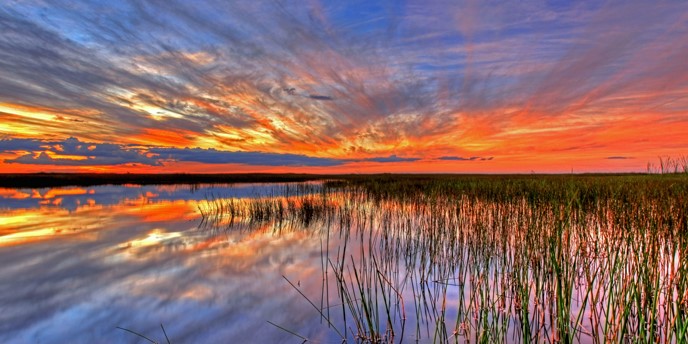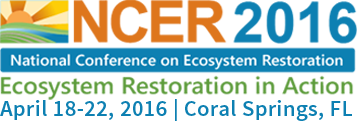Optional Field Trips
If you want to learn more about the nation’s biggest large scale restoration program – the Florida Everglades – now is your chance. This year’s NCER features an optional pre and post conference field trip. Because of the interactive nature of these trips, attendance is limited to the first 40-registrants for each trip, and advance registration is required. The trips will close on March 18 or once the limit of 40 is reached. Indicate your interest in participating when registering online. You may sign up for one or both trips.
PRE-CONFERENCE FIELD TRIP
Loxahatchee Impoundment Landscape Assessment (LILA)
Monday, April 18, 2016 | 7:30 AM – 5:00 PM
COST TO PARTICIPATE: $50.00

LILA is located on the grounds of the Arthur R. Marshall Loxahatchee National Wildlife Refuge – 143,954 acres of northern Everglades wetlands located in Palm Beach County. The native vegetative communities of the Everglades ecosystem found on the Refuge include a mosaic of wet prairies, sawgrass ridges, sloughs, tree islands, cattail communities, and a 400 acre cypress swamp, which is the largest intact cypress area remaining in the eastern Everglades system. LILA is a working, 80-acre model of the Everglades ecosystem. This "living laboratory" gives experts an opportunity to research and apply restoration techniques on a small, controlled scale before taking them into the 1.7 million-acre Everglades ecosystem.
POST-CONFERENCE FIELD TRIP
Everglades National Park
Friday, April 22, 2016 | 10:30 AM – 10:00 PM
COST TO PARTICIPATE: $125.00

Everglades National Park is the largest designated sub-tropical wilderness reserve on the North American continent. It provides habitat for numerous rare and endangered species like the manatee, American crocodile, and Florida panther. It is a World Heritage Site, International Biosphere Reserve, a Wetland of International Importance, and a specially protected area under the Cartagena Treaty. Its location at the interface of temperate and sub-tropical America, fresh and brackish water, shallow bays and deeper coastal waters creates a complex of habitats supporting a high diversity of flora and fauna. ENP contains the largest mangrove ecosystem in the Western Hemisphere, the largest continuous stand of sawgrass prairie and the most significant breeding ground for wading birds in North America.

